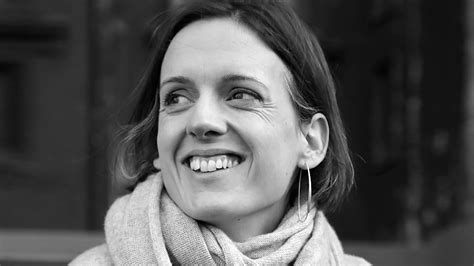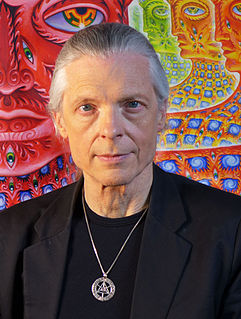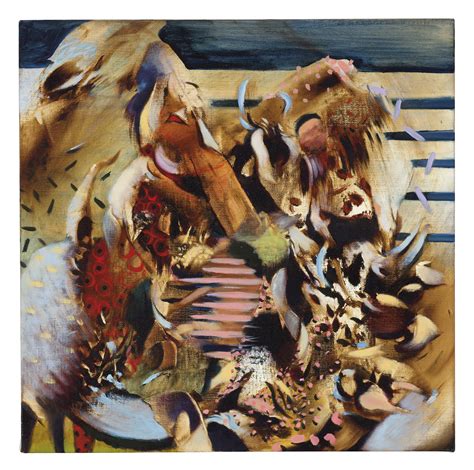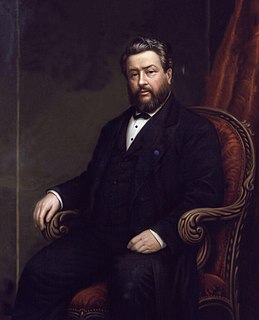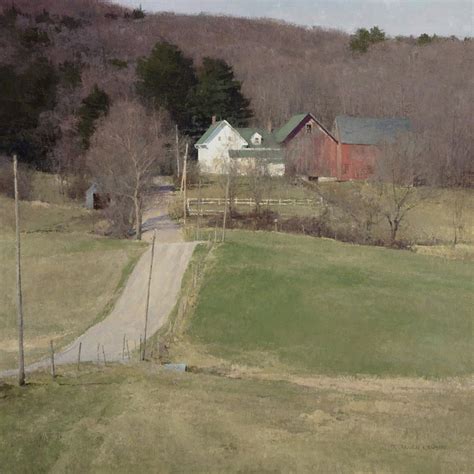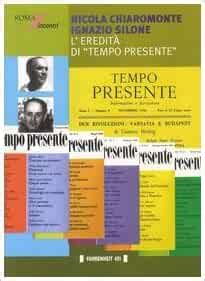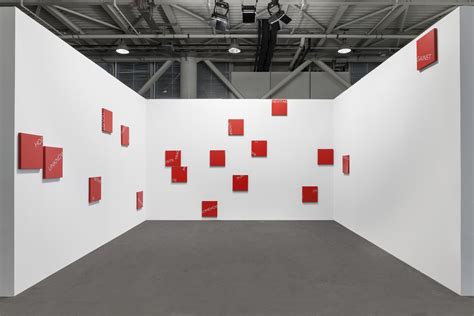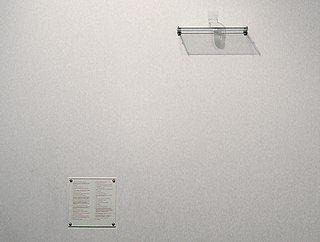A Quote by Olafur Eliasson
The viewer brings something individual to the experience of any artwork.
Quote Topics
Related Quotes
But to demand that a work be “relatable” expresses a different expectation: that the work itself be somehow accommodating to, or reflective of, the experience of the reader or viewer. The reader or viewer remains passive in the face of the book or movie or play: she expects the work to be done for her. If the concept of identification suggested that an individual experiences a work as a mirror in which he might recognize himself, the notion of relatability implies that the work in question serves like a selfie: a flattering confirmation of an individual's solipsism.
Whenever I work on an album and the time comes to do all the artwork, the only thing I think of is the LP artwork. When we worked on the 'Electric Trim' artwork, we spent weeks and weeks making the LP artwork great, and then the CD artwork came together in a day or two. The LP is what's important to me.
I want to create objects that will stimulate the viewer in ways that I am stimulated by these objects. Now that's an ideal situation and the artist has no control over what his audience is going to think, but they can try to communicate some quality, some poetry through the work and just hope that the viewer has something in the vicinity of a similar experience.
I don't need to control the mind of my viewer. Now this might sound contradictory because I want to make these installations set up an environment that will produce a certain kind of experience in the viewer, but beyond a certain point, I take hands off and leave it up to chance and personal experience. So maybe it's a marriage of control and no control we're talking about where the artist produces the artifact or the environment and then walks away from it, and the second half of the equation is the viewer and their personal history and how they feel about what they're experiencing.
I look at the effect that an individual's fame has on their family, for example, and the limitations that places upon your life to an extent - of course, it brings marvelous things too, but it brings them mainly to the individual. The people around the famous person often pay a price without reaping many of the rewards.
A lot of the pieces I've done over the years have involved alterations of scale and the idea of the viewer's relationship to the object and how we see things by either enlarging or reducing objects, it causes the viewer to look at them again. It's hard to do because our culture is so bombarded by images and media. How do you make something fresh for a viewer? That's a real challenge.


